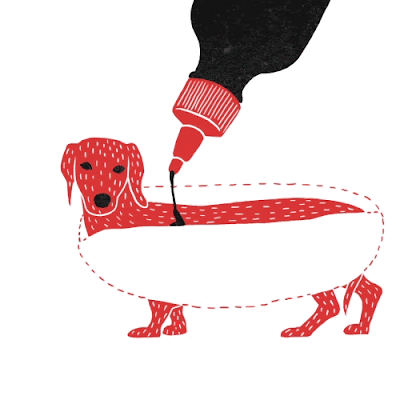今年非看不可的視覺震撼!順便知道啥是Ferrofluid
兒玉幸子Sachiko Kodama
兒玉幸子是一個非常特別的藝術家。她擅長使用一種很奇特的材料 – 鐵磁流體 (Ferrofluid)來創作。Ferrofluid是一種透過磁場的啟動會強烈極化的液體;這些電磁流體是磁性體的微粒子,會對磁場產生反應,主要成分是直徑約10nm(奈米)大小的磁性超微粒子,另加入水、有機溶劑或是油等的液體、以及界面活性劑的等三種成分而成的一種膠態溶液。電磁流體在磁場作用中,十分容易改變樣貌,因此可呈現出複雜且多變、彷彿具有生命的立體形狀。具有物理背景的藝術家兒玉幸子,幼年時成長於日本南部對於大自然多所體悟,她的創作靈感源自生命與大自然,由動植物而來的有機形態、形體比例及對稱視覺圖像,種種的生命經驗都啟發了她對動態雕塑的互動設計。兒玉幸子曾經來台灣展出過作品,下面這篇文章提到,林布蘭使用畫筆創造不朽,但是對於兒玉幸子來說,鐵磁流體才是她的創意工具。請大家一定去Youtube觀賞這個讓人嘆為觀止的影片。如果耶誕節送這樣的禮物,不但不會顧人怨,還會成為萬人迷吧!
要看令人超級驚嘆的影片請點下面連結http://www.youtube.com/watch?v=me5Zzm2TXh4
The Art and Science of Ferrofluid
We start with a pool of oil. We turn on a magnet磁鐵. The oil travels up a superstructure上層構造 and blossoms into a tree. Turn off the magnet, the branches, the needles, the tree melt away. It's a puddle水坑 again. It's the creation of Japanese artist Sachiko Kodama. It's not exactly oil, it's ferrofluid鐵磁流體, which is oil laced with bits of iron oxide氧化鐵. When the magnets are turned on開啟, the little bits of iron (and the oil with them) are pulled by a magnetic field磁場 into columns and shapes that produce the "tree."
The oil and iron, steered by the magnets, become "branches." Surface tension表面張力 in the oil causes those branches to pull in on themselves, forming the sharp "tips." The "towers" Sachiko built create the spiral effect螺旋效果. There's nothing that sophisticated about this scientifically. Ms. Kodama just knows how to create beautiful things using electromagnetism電磁 as her paintbrush. Artists can play with nature, even the invisible rules of electromagnetism. Rembrandt used a paintbrush. Sachiko Kodama makes her marks with magnetic fields. The options選擇 keep increasing.
The Japanese female artist Sachiko Kodama was born in 1970. As a child she spent a lot of time in the southernmost part of Japan
















留言
張貼留言